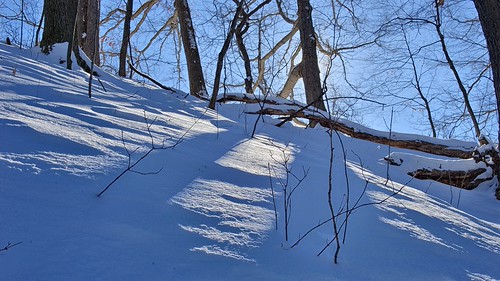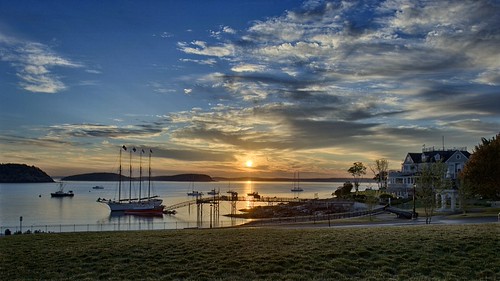Bart_van_der_Wolf
pro member
Hi folks,
It can be quite a struggle to reproduce the beautiful light we see and photograph on screen, let alone in print. Well, things are starting to look better.
Have a look at the examples on the following page:
http://www.flickr.com/photos/pebal/
Those results are made possible with a novel tonemapping method developed by a Polish programmer, Sebastian Nibisz. The application comes in 3 versions. A free one (a commandline version onto which the bracketed exposures can be dropped, and a tonemapped result is produced), and 2 versions with a graphical user interface (difference is the licence for home or business use). The applications are still under development (Version 0.9.9 as of this writing) but things are looking very promising already.
The website (under development as well) where also the trial versions can be downloaded is:
http://www.sns-hdr.com/
Google translation from Polish to English:
http://translate.google.com/translate?hl=en&sl=pl&tl=en&u=http%3A%2F%2Fwww.sns-hdr.com%2F
Currently SNS-HDR is Windows based, but the author apparently is also working on a Mac version. From what I've seen in the demo version, things look very promising. There are a couple of things that need to be addressed, e.g. color management, but for web publishing the results are already usable.
Cheers,
Bart
It can be quite a struggle to reproduce the beautiful light we see and photograph on screen, let alone in print. Well, things are starting to look better.
Have a look at the examples on the following page:
http://www.flickr.com/photos/pebal/
Those results are made possible with a novel tonemapping method developed by a Polish programmer, Sebastian Nibisz. The application comes in 3 versions. A free one (a commandline version onto which the bracketed exposures can be dropped, and a tonemapped result is produced), and 2 versions with a graphical user interface (difference is the licence for home or business use). The applications are still under development (Version 0.9.9 as of this writing) but things are looking very promising already.
The website (under development as well) where also the trial versions can be downloaded is:
http://www.sns-hdr.com/
Google translation from Polish to English:
http://translate.google.com/translate?hl=en&sl=pl&tl=en&u=http%3A%2F%2Fwww.sns-hdr.com%2F
Currently SNS-HDR is Windows based, but the author apparently is also working on a Mac version. From what I've seen in the demo version, things look very promising. There are a couple of things that need to be addressed, e.g. color management, but for web publishing the results are already usable.
Cheers,
Bart










